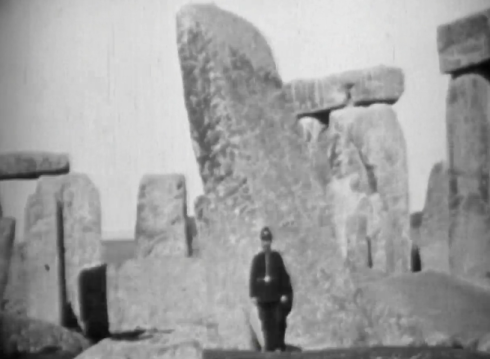Understanding the Importance of Stonehenge

Introduction
Stonehenge, one of the most iconic prehistoric monuments in the world, is located on the Salisbury Plain in Wiltshire, England. This ancient stone circle, dating back to around 3000 BC to 2000 BC, holds immense significance not only for its architectural ingenuity but also for its cultural and historical implications. As a UNESCO World Heritage Site, Stonehenge continues to be a focal point for scholars, tourists, and spiritual seekers alike, generating interest in the mysteries surrounding its construction and purpose.
Historical Context
Stonehenge is believed to have been constructed in several stages, beginning in the Neolithic period. The site is primarily formed of sarsen stones and bluestones, which were transported from distant locations, raising questions about the techniques and logistics of its construction. Recent archaeological studies have revealed that the site served multiple purposes, including a burial ground and a place for rituals, reflecting the social and religious practices of the communities at the time.
Recent Discoveries
Recent excavations around Stonehenge have uncovered new findings, including the discovery of a nearby ancient village, further illustrating the significance of the area during prehistoric times. Researchers utilizing advanced technology, such as ground-penetrating radar, continue to uncover more about the surrounding landscape and its connection to Stonehenge. Some speculate that the structure was strategically placed to align with celestial events, indicating a sophisticated understanding of astronomy. The Autumn Equinox and Summer Solstice draw crowds of thousands who gather to witness the sun rising or setting in alignment with the stones.
The Cultural Impact
Today, Stonehenge attracts over a million visitors each year, drawing attention from historians, tourists, and spiritual practitioners alike. Its enigmatic nature has inspired countless theories and interpretations, from ancient astronauts to druidic rituals. The monument not only serves as a vital link to understanding our prehistoric ancestors but also as a reminder of how humanity has historically sought to connect with the cosmos and mark the passage of time.
Conclusion
As ongoing research and exploration continue, Stonehenge remains a subject of fascination and debate. Its impact extends far beyond its stones, influencing art, literature, and modern spiritual practices. For visitors and scholars alike, Stonehenge is not merely a historical site but a testament to human ingenuity and the quest for meaning through architecture. The future of Stonehenge as a cultural and historical landmark appears secure, with efforts to preserve its integrity ongoing as we strive to understand a pivotal part of human heritage.









